The good weather seen in May has been welcomed by farmers and cattle alike, as breeding got under way.
Early indications show that conception rate to first service is high and, combined with a high three-week submission rate and low repeat rates, 2023 looks set to be a successful breeding season.
As the number of cows holding pregnancies increases, the activity levels in paddocks decreases, which makes identifying heats that bit more difficult.
Heat detection
Farmers using heat detection collars have moved to 100% AI, with the collars picking up these less obvious heats.
But for farmers who are still using traditional methods, they will soon be looking towards adding some bull power to heat detection.
In order for a vasectomised bull to be of any use this breeding season, the procedure should have been done before now.
If not, there are still some vasectomised bulls available to purchase, although there is a disease risk associated with bringing a bull in from another herd.
Reduced workload
Where a vasectomised bull will really come in useful is where a new, young stock bull has been introduced to the herd and a farmer wishes to reduce their workload for the first season.
A homebred vasectomised bull is a relatively cheap form of heat detection to ease an immature stock bull into their working life.
The value of the vacetomised bull will obviously be much lower than that of a pedigree stock bull, meaning any injuries or health issues are less of a worry.
Young bulls less than 18 months old should not be expected to serve more than 16 to 18 cows in their first season, ideally spread over a number of weeks.
A good rule of thumb is one cow for every month of age the bull is; for example, 15 months old equals 15 cows.
If there is more than this to be served, AI should be continued until you feel that the amount of empty cows is close to this.




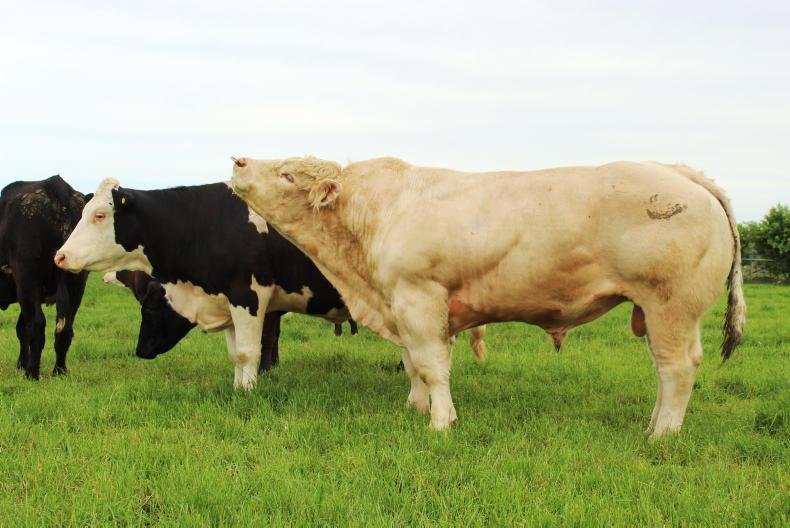
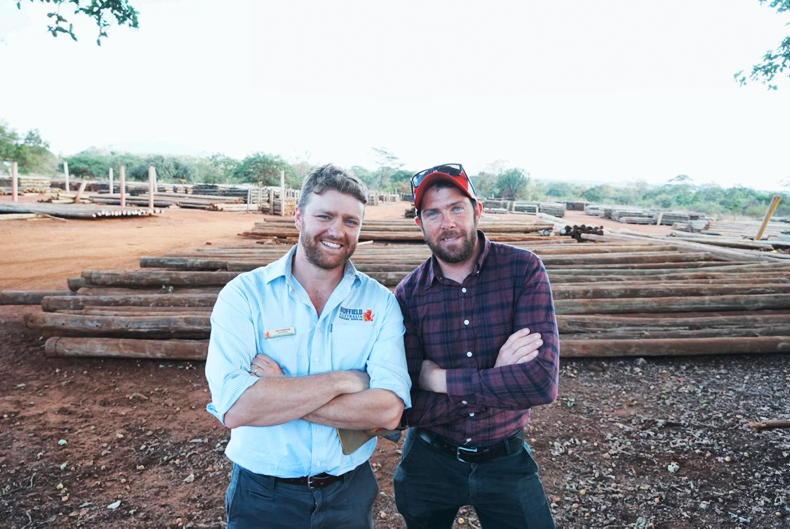

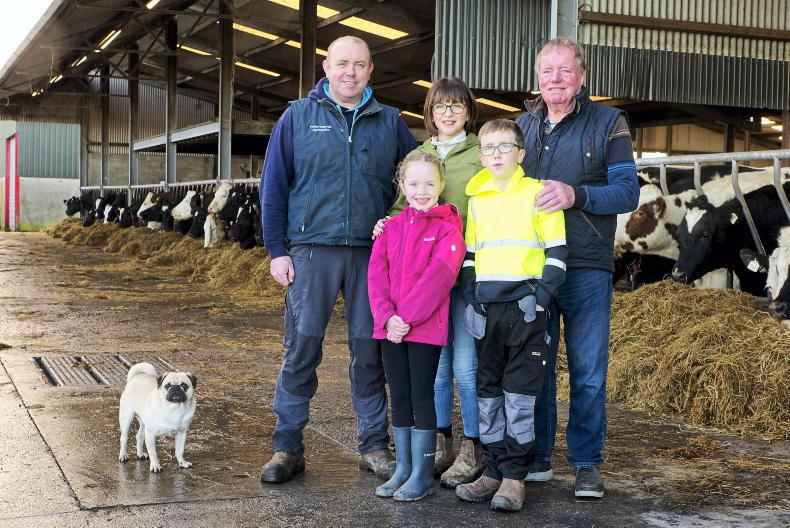
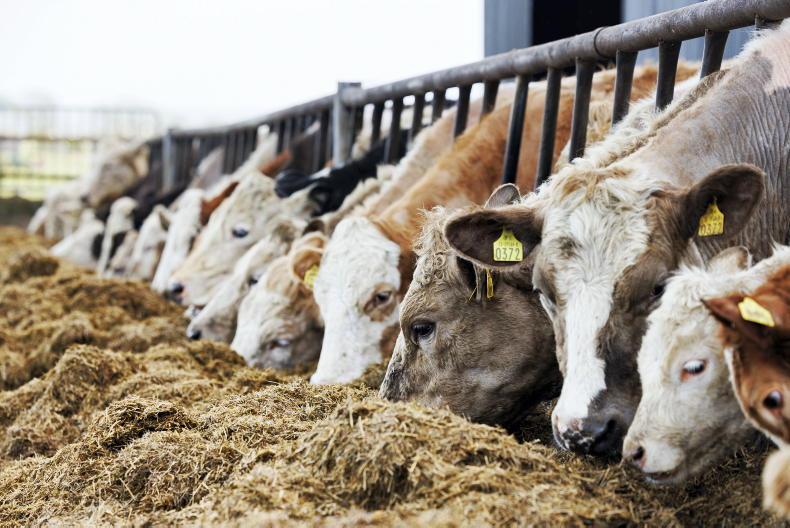
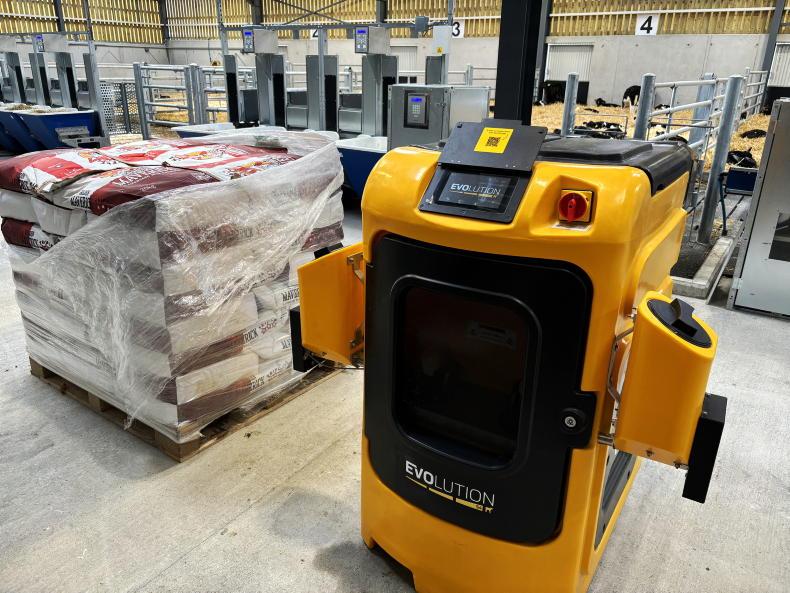
SHARING OPTIONS